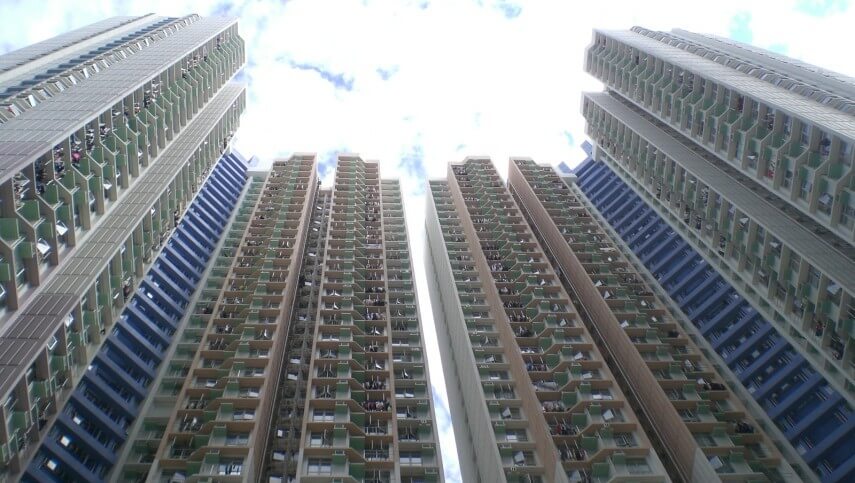What National Building Code Says About Fire Safety

India's National Building Code 2005 is one document that gives comprehensive information about various Indian Standards that need to be followed while constructing buildings and relates various requirements for safety measures that need to be implemented.
In a recent development, following a public interest litigation (PIL) filed alleging violation of fire safety norms specified in the National Building Code, 2016, by developers, the Supreme Court has sought Centre's response for the same. According to the PIL filed, even the SC and Parliament buildings did not comply with fire safety norms.
It was in 2015 that the Draft National Building Code 2015 was proposed with some amendments. The draft was released for consultation and comments were sought from various stakeholders in late 2015.
The first National Building Code of India was created in 1970, and later amended in 1983 and 1987. The third version, the National Building Code of India, 2005, is the latest fully comprehensive document in this respect.
PropGuide takes a look at what the National Building Code 2005 (Part 4) says about fire and life safety.
Safety measures in National Building Code
Crisis situations do not take place every day, but we have to be ready for them if things go awry. Keeping that in mind, the National Building Code 2005 has set certain rules related to fire and life safety that developers have to follow. While "absolute safety from fire is not attainable in practice", the Code specifies measures that will provide that degree of safety which can be "reasonably achieved".
Here are seven important things that the National Building Code 2005 talks about:
- Categories of buildings: According to the code, buildings are classified into nine categories based on the character of the occupancy and they need to put in place the fire-safety standards based on their category. While residential buildings are kept under Group A, industrial buildings are demarcated under Group G. Business building units are kept under Group E and storage buildings under Group H. Residential buildings are further categorised into six sub-categories.
- Residential buildings: The code defines residential buildings as constructions "in which sleeping accommodation is provided for normal residential purposes with or without cooking or dining or both facilities, except any building classified under Group C". Group C buildings cover institutional buildings.
- Dangers to avoid: According to the code, "Every building shall be constructed, equipped, maintained and operated as to avoid undue danger to the life and safety of the occupants from fire, smoke, fumes or panic during the time period necessary for escape."
- Rules for exits: Under the code, while doorways, corridors, passageways are defined as exits, elevators are not kept in that category. The code says that no alterations should be made in a building to reduce the number, width or protection of exits as are required.
- Mandatory fire safety drills: As fire may cause a serious issue in the case of highrises, unless a plan for orderly and systematic evacuation is prepared, fire drills should be conducted at least once in three months in high-rise buildings during the first two years of its construction, says the National Building Code 2005. After that, such drills have to be conducted once in six months.
- Fire detection and alarm systems: In buildings of large sizes where a fire may not itself provide adequate warning to the occupants, automatic fire detection, and alarm facilities are a must.
- Installation of fire extinguishers: Based on their occupancy, use and height, all buildings have to be protected by fire extinguishers, wet risers, automatic sprinkler installations, water sprays, etc.